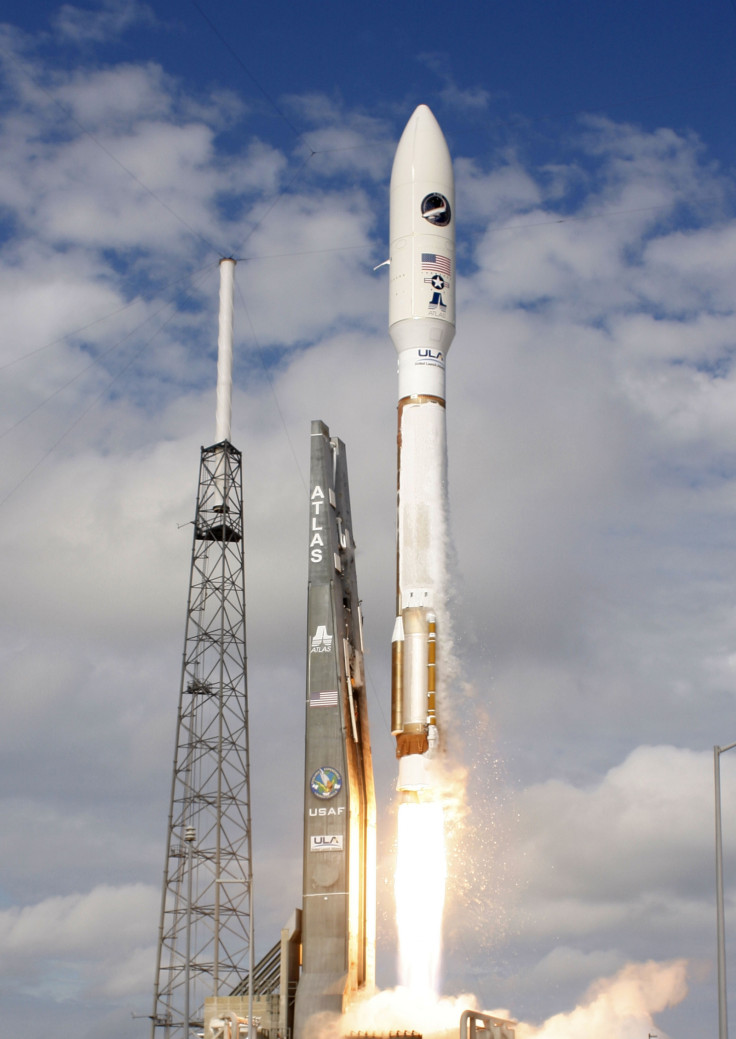US Space Force launches X-37B into orbit again with more scientific experiments on board
Manufactured in partnership with Boeing, it relies on solar power to keep its system functional for long periods of time.
Given the current health crisis, many would think that all resources would be dedicated to the eradication of the virus. However, with medical experts already in the process of conducting clinical trials for treatments and vaccines against COVID-19, the U.S. military is pursuing its interests in other fields. Over the weekend, it launched another X-37B loaded with scientific instruments into orbit once more. Details surrounding its purpose and mission are apparently confidential, which most find mysterious in many ways.
Nevertheless, ABC News confirms that the recent launch is the sixth for an X-37B, which is not manned by a crew on board. Manufactured in partnership with Boeing, it relies on solar power to keep its system functional for long periods of time. Meanwhile, company executive Jim Chilton noted that each successive mission took remarkably longer than before. The one prior to this latest venture reportedly took two years to complete.
Those familiar with the project have described the X-37B as a smaller version of the iconic space shuttle from the National Aeronautics and Space Administration (NASA). The Air Force actually owns two of these reusable crafts housed in a hangar at the Kennedy Space Centre. Sources claim the one sent up by the military on Sunday featured an extra compartment dedicated to experiments for the U.S. Naval Research Laboratory.
"You could say that the X-37B stands on the shoulders of the space shuttle," stated Chilton. "From a common shape to a common home." Data pegs that the spacecraft has already 2,865 days logged in orbit since its first flight in 2010. "If you add up all the missions, just under eight years in orbit and 1 billion miles, so a lot of traveling by this machine," he added.

The Atlas V rocket that used to take the X-37B to space was provided by United Launch Alliance. The team confirmed a successful launch after one and a half hours post liftoff. The company is likewise dedicating the event to the brave people who are fighting against the COVID-19 pandemic in the front lines. In March, the Space Force also put a new satellite into orbit to help with national security.
© Copyright IBTimes 2025. All rights reserved.





















